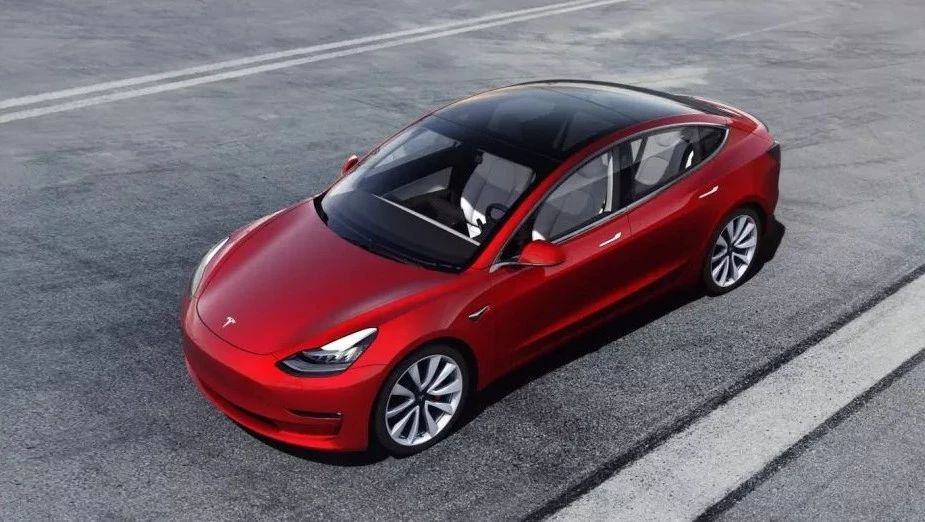Tesla’s Q2 Report and Gigafactory 3 in China
Tesla announced its Q2 report with a net loss of $743 million, which is worse than the same period last year. Its performance was just average, meeting the market’s expectation at most, although it was still able to push the stock price up by nearly 11% after-hours.
However, the real hero of this report is not just the report itself, but the friendly and cordial conference call that followed.
China
At the time of writing this post, Tesla released a job advertisement with an imaginative (Unstoppable Warriors: Get Inspired and Join Tesla Shanghai!) title aimed at its Gigafactory 3 project in Shanghai. It’s not just attracting the attention of Chinese consumers; Wall Street analysts are taking notice as well, making it a centerpiece of their attention.
Not surprisingly, Tesla’s President of Global Sales and Service, who also happens to be in charge of Gigafactory 3, Ren Yuxiang, attended the conference call again. During the call, Tesla CEO Elon Musk specifically mentioned the Shanghai super-factory.
Gigafactory 1 cost $5 billion, while designing Gigafactory 3 only cost $2 billion. Elon explained that the production capacity of Gigafactory 3 is actually no less than that of Gigafactory 1, and that the reduced investment was due to Tesla learning many construction efficiencies and cost-saving measures during the construction of Gigafactory 1.
Tesla confirmed that in addition to building the four major automotive production lines, Gigafactory 3 will also build power battery module and Pack production lines. Furthermore, automation at Gigafactory 3 will be improved significantly, which Elon described as “China was really some next level stuff.” Currently, Tesla is working with Panasonic evaluating the feasibility of establishing an electric core production line at Gigafactory 3.
Tesla’s CTO J.B. Straubel reiterated that Tesla views Gigafactory 1 as the company’s flagship product. Therefore, all the knowledge gained from the product development process will be shared with the construction team of Gigafactory 3 in order to build a factory with the same production capacity, but with less than half the investment cost.
When asked about the details of improving efficiency, Elon explained that in the case of Model 3’s production line, Tesla’s team initially set up a fully automated production line, but many links are now completed manually.In fact, this is not a step back in technology, but a more reasonable resource optimization. By applying automated production lines in the most reasonable areas to solve problems, after which the automation rate is steadily increased and the complexity of the automated production line is increased.
Factory 3 will follow a similar evolution logic, gradually increasing the designed production capacity from the initial 250,000 vehicles per year to 500,000 vehicles per year, which is roughly equivalent to Factory 1, without increasing spending.
Regarding investment funds, Tesla’s preliminary plan is to borrow from China Bank to solve this problem, which means that Tesla does not need to finance by increasing stocks.
Less than a month ago, Elon visited China and met with Chinese Vice President Wang Qishan and Shanghai Party Secretary Li Qiang. Elon explained that “Ren Yuxiang, Zhu Xiaotong, and the Tesla China team played a key role in preparing for the China factory and established a good relationship with government regulators.”
Putting Tesla into the Huangpu River can greatly increase the competitiveness of the domestic automobile industry, forcing independent brands and new car companies to strengthen their research and innovation capabilities. In the long run, this will also have a positive impact on the development of China’s automotive industry.
They will come sooner or later, so CEOs of various car companies should be prepared.
Autopilot
At this earnings conference, the Tesla Autopilot team even outshone Elon Musk. Prior to this, the AP team had never attended an earnings conference. However, at this conference, AP Visual & AI Director Andrej Karpathy, AP Engineering Vice President Stuart Bowers, and responsible for AI chip Peter Bannon all appeared together.
Before the analyst’s question-and-answer session, Elon stated that the AP team has made huge improvements in core software technology and other areas, and the AI chip developed for three years has entered the testing phase. The description of “huge improvements” has become commonplace, and is heard at almost every Tesla earnings conference, but this time it was different.
After the three core executives explained their work, Elon spent a lot of time explaining the superiority of the AI chip over general-purpose chips such as CPUs and GPUs. Simply put, under the same cost and energy consumption, the energy efficiency of the AI chip can be more than 10 times that of NVIDIA’s Drive PX 2 chip mounted on AP 2.0. “Peter’s team has created the most advanced autonomous driving AI chip in the world, which is an incredible achievement.”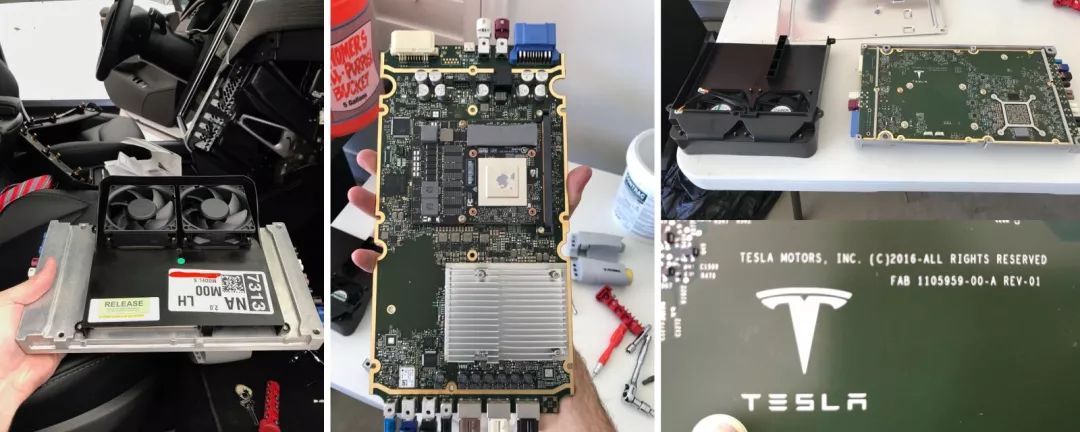
Elon suddenly became excited:
“Thank you all for your work, and thank you to the software department for your efforts. I want to introduce Tesla’s three key talents to everyone. I respect and admire all three of them because of the work they have done with the AP team. Thanks to you, Tesla will succeed in autonomous driving. Thank you.”
What is this concept? Jim Keller, the former AP head and AI chip R&D head, only received a “good guy” from Elon. Doug Field, the only SVP and Model 3 engineering director in Tesla’s history, received a “world-class engineering executive.”
After this sudden change in Elon’s attitude towards the AP team, I feel like the three executives are collectively resigning tomorrow.
Elon went on to say that AP 9.0 will be pushed out in a month. The cross-version update adds even more excitement. Everyone hasn’t forgotten that he made a big statement on Twitter: With V9, we will begin to enable full self-driving features.
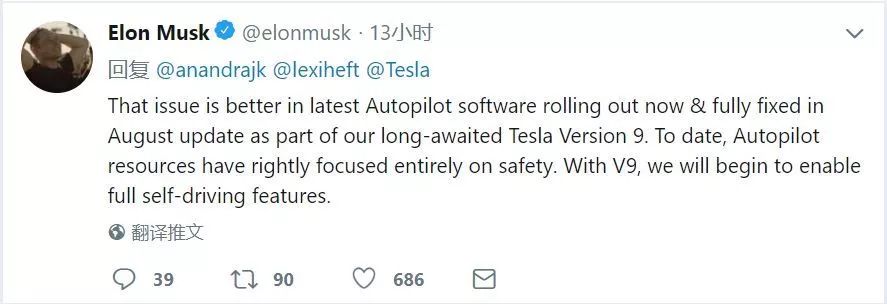
Even the analysts were impressed by Elon’s words: What is stopping the AP team from achieving the challenge of 4,500 km of autonomous driving from the east coast to the west coast of the United States today?
Stuart Bowers, AP’s engineering vice president, said that compared to other autonomous driving companies, the challenge for the AP team is that their solutions will be deployed on Tesla’s more than 250,000 vehicles around the world. Therefore, all AP technologies must be repeatedly validated before they are pushed out, ensuring the highest level of safety and usability.
As for Elon’s so-called full self-driving features, they actually refer to the driving in and out of the highway, upgraded assistive steering, and intelligent summoning listed on Tesla’s official website. All of these features will be presented in the upcoming AP 9.0.
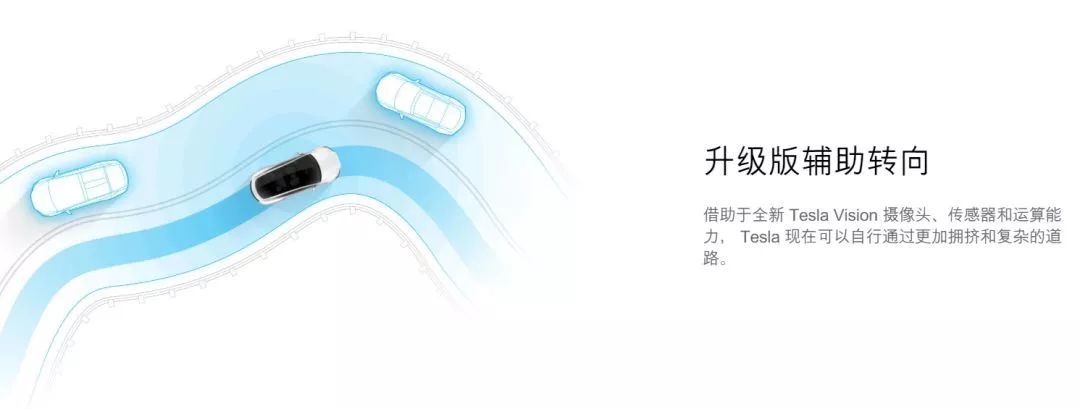
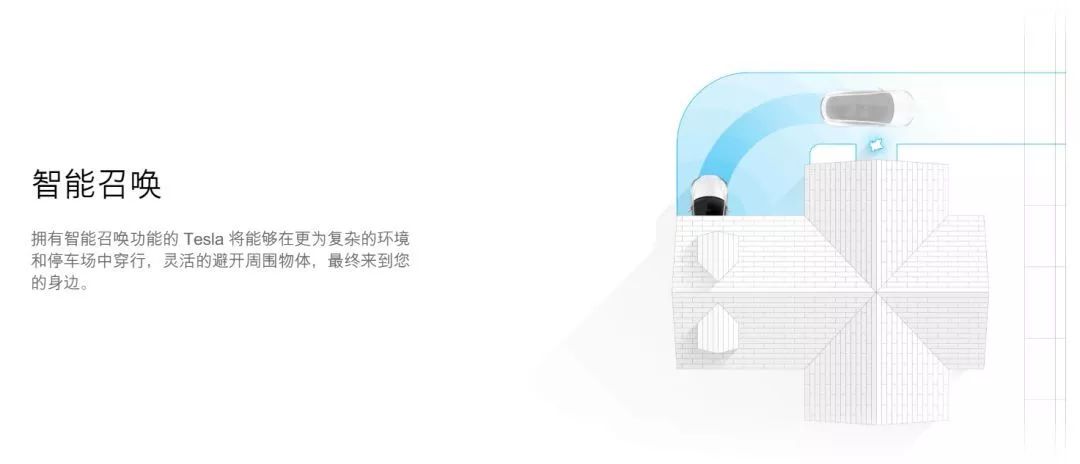
After the massive push in September, the AP team will officially shift to the development of L4 level autonomous driving technology. Stuart believes that L4 level autonomous driving functions are expected to be pushed to car owners around the world in the form of active safety features within 6-12 months.
To give a brief introduction, the main responsible person for a car driven by active safety features is still the driver, while for L4 level autonomous driving, it is the vehicle or the factory.
Tesla is confident that L4 level autonomous driving will be implemented within the next 6-12 months. However, all Tesla vehicles, including the Model 3, lack safety redundancy design in their execution system. Therefore, Tesla chose to rank L4 level autonomous driving function as the highest ADAS and promote safer driving, and at the same time, users as the first responsible person still need to pay attention to the road ahead.
To put it in simple words, Tesla is confident in developing and implementing L4 level autonomous driving technology in the short term, but the infrastructure of the vehicle still limits the complete liberation of humans. However, there will be significant improvements in enhancing the safety of the vehicle.
The AI chip-driven AP 3.0 hardware will be mass-produced and used next year. At the same time, Model S/X with AP 2.0 hardware that has been produced since October 2016 and Model 3 with AP 2.5 hardware can be upgraded to AP 3.0 hardware for free.
AP 9.0 is almost here, and we can still look forward to the L4 level active safety function in 6-12 months.
Energy
Despite spending 2.6 billion US dollars on the acquisition of Solarcity, Tesla’s energy business has always been overlooked. An analyst partly explained the reason: Tesla consumed 20 GWh of battery packs in the past 12 months for its cars, but its energy storage business only consumed 1 GWh. Moreover, according to the financial report for this quarter, the revenue of the energy storage business compared to the previous quarter has decreased.
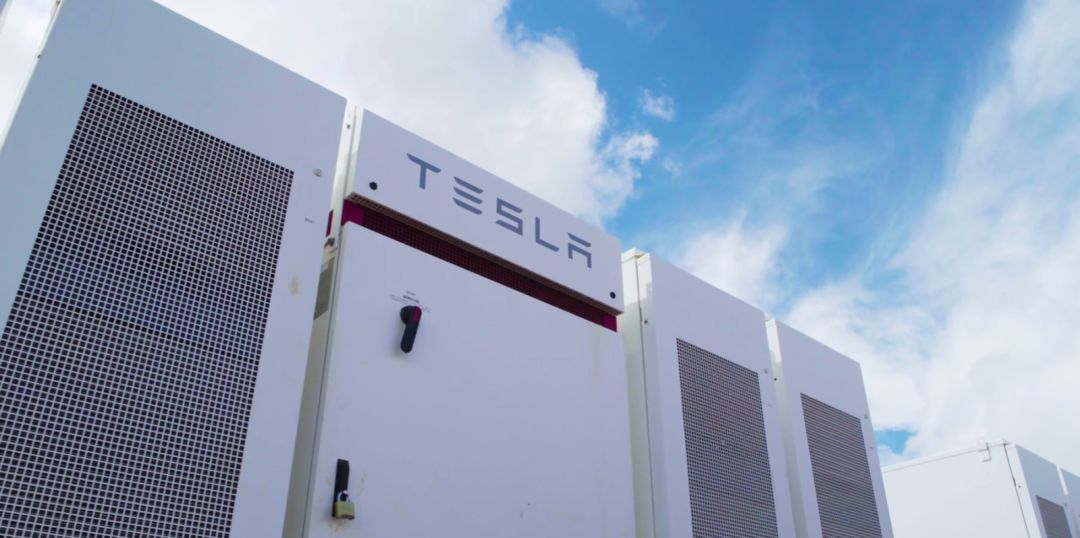
Elon and Straubel began to complain. Initially, the battery capacity of the No.1 factory could not keep up with the growth of the energy business. Therefore, Tesla had to choose Samsung SDI and LG Chemical as new battery suppliers outside of Panasonic for the first time since 2009.In fact, Tesla Energy business has grown 300% in the past 12 months, and the current plan is to grow another 300-400% by 2019, which is much higher than the growth rate of the automotive business.
Straubel said that considering the fierce competition in the automotive industry, Tesla chose to prioritize the Model 3 battery supply. However, Tesla is actually building the world’s largest energy storage battery installation team, and a new storage project with a scale of over 1 GWh has been launched.
Elon said that although the automotive business is indeed larger in scale, the growth rate of the energy business far exceeds that of the automotive business. Calculated at a growth rate of 300% per year, the energy business will eventually reach a scale equivalent to that of the automotive business.
Model 3
There’s not much to say about Model 3. According to Elon, unless there are uncontrollable events or extreme accidents, the average production capacity in Q3 can reach over 7,000 vehicles per week, including 5,000 units of Model 3 and 2,000 units of Model S/X. When pressed, he even specifically explained that uncontrollable events refers to strong natural disasters such as earthquakes or severe economic recession.
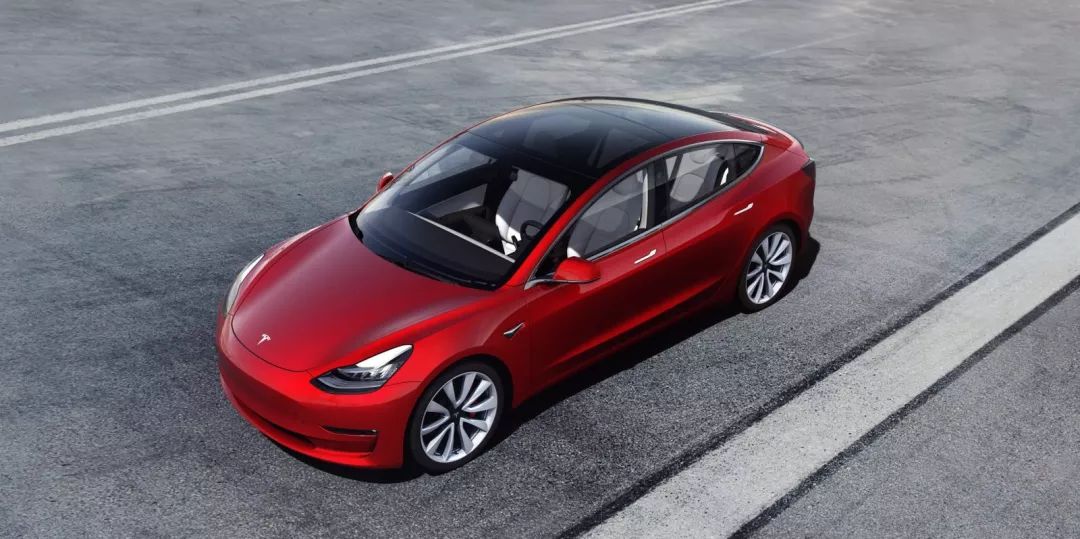
Here are some key information points:
-
Since the launch of the Model 3 test drive, Model 3 orders have resumed growth, reaching 5,000 units per week at times – equivalent to production capacity.
-
More than half of the current 420,000 orders are for the dual-motor and high-performance versions, which means Tesla will reach 25% gross margin faster.
-
The vehicles with the most substitution for Model 3 are Toyota Prius, BMW 3 Series, Honda Accord, Honda Civic, and Nissan Leaf. These models are priced between 10,000-30,000 US Dollars, while the lowest Model 3 configuration currently delivered costs 49,000 US Dollars. This means that the 35,000 US Dollar entry-level Model 3 has greater market potential.
-
The tent of assembly line 4 is actually a very common permanent structure, and Tesla will not demolish the tent.
-
The assembly line, production machines, and tent of assembly line 4 are all made from discontinued waste with almost no investment cost.
-
Considering the sprint production capacity, Tesla has added a new quality team at the assembly line to ensure that the quality control and workmanship of all models are at the same level.
-
In the second half of the year, Tesla will no longer add production lines, but will achieve the goal of a production capacity of 7,000 vehicles per week by the end of the year through adjustment and optimization of the existing Model 3 production line.
There are some interesting details, such as Elon apologizing twice to analysts for the unreasonable statements made in the previous earnings call; responding to all the questions to create a very harmonious atmosphere in the press conference.
But there was one firm statement: Tesla will turn profitable from Q3 and maintain profitability in the long run, no matter how many new products are developed or factories are built.
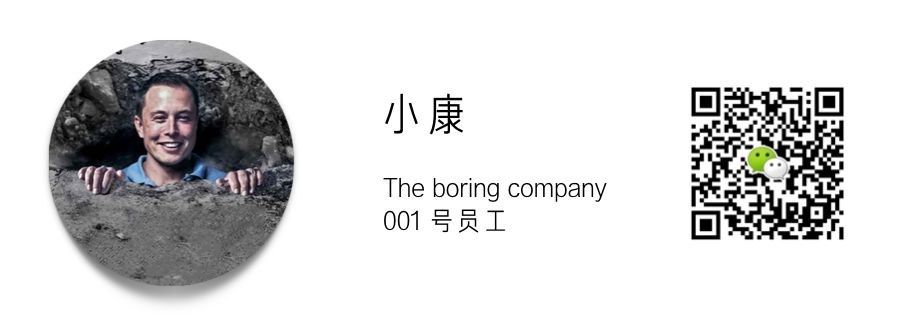

-
The Evolution of Tesla: The Philosophy Behind Frantic Running for Survival
-
Elon Musk: Tesla is Now a Real Car Company

This article is a translation by ChatGPT of a Chinese report from 42HOW. If you have any questions about it, please email bd@42how.com.
